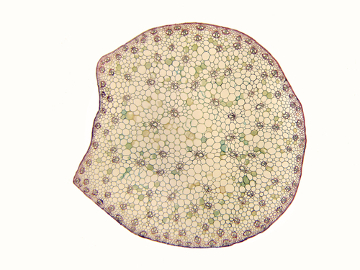Our organism is a perfect machine that needs each variable to be completely adjusted so that it works correctly. If the temperature is too high, for example, there may be changes in the mental state, the involvement of organs and even the individual's death.
THE homeostasis, term created by Walter Cannon, can be defined as the ability to keep the internal environment in an almost constant balance, regardless of changes that occur in the external environment. The internal environment, in turn, is defined as the fluids that circulate through our cells, the so-called interstitial fluid.
to keep the homeostasis, our internal environment must maintain certain values unchanged. This is achieved thanks to several physiological processes that occur in a coordinated manner and guarantee balance. The processes of breathing, digestion and excretion they ensure, for example, that the internal environment has oxygen and nutrients needed by the cell and that toxic substances that can cause damage to the body are removed from the organism.
When the internal environment is not in balance, either due to external changes or internal dysfunctions, there is a disturbance of homeostasis, which can result in disease. If homeostasis is not reestablished, the individual may die. Among the variables that must remain in balance for homeostasis, we can highlight body temperature, body fluid pH, blood pressure and heart rate.
Do not stop now... There's more after the advertising ;)
To guarantee homeostasis, our body has some resources: o nervous system it's the endocrine system. The nervous system informs you that something is going wrong inside the body and produces a response to a certain stimulus. The endocrine system, in turn, secretes chemical messengers.
Homeostasis control mechanisms normally occur by processes of feedback negative, that is, processes that reverse the direction of a given change. If your blood pressure is high, for example, several reactions happen to make your blood pressure drop. Through these changes, it is possible to control when a variable is in excess or deficient in the body.
By Ma. Vanessa dos Santos
Would you like to reference this text in a school or academic work? Look:
SANTOS, Vanessa Sardinha dos. "Homeostasis"; Brazil School. Available in: https://brasilescola.uol.com.br/biologia/homeostase.htm. Accessed on June 28, 2021.

